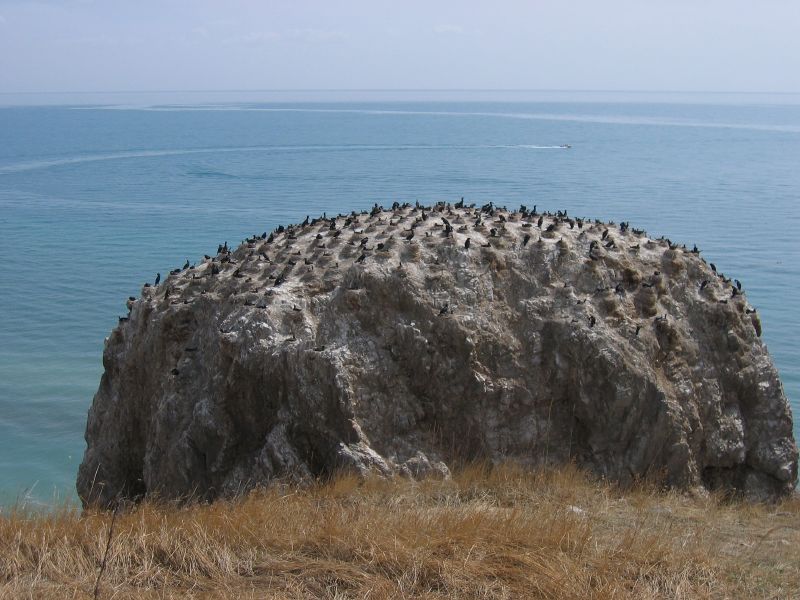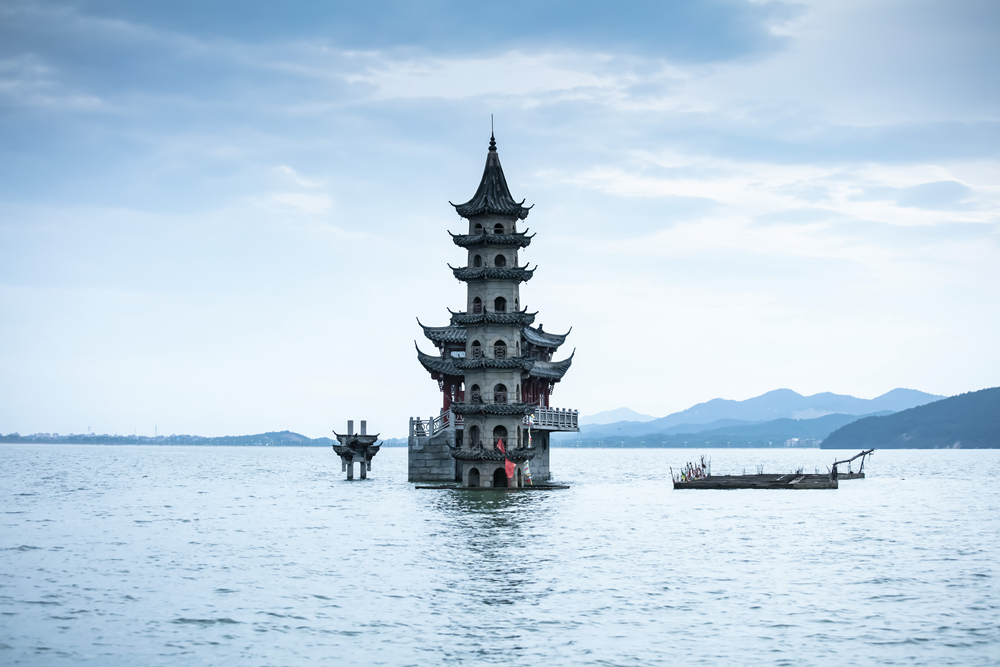Geography: Lakes
China, a vast country with a landscape as diverse as its culture, ranging from the Himalayan mountains to coastal lowlands, is home to numerous significant lakes, each boasting unique features. Among these, Qinghai Lake, known for being the largest saltwater lake in China, is particularly noteworthy for its size and ecological importance. The following table provides an overview of the country's major lakes, focusing on key aspects such as the lake's surface area, its elevation above sea level, its primary water source, and the nature of its outflow.
|
Lake Name |
Area |
Elevation |
Water Source |
Outflow |
|
Quinghai Hu |
4,460 km² |
3,200 m |
40+ rivers |
Evaporation |
|
Poyang Hu |
3,350 km² |
16.5 m |
Gan, Xin, and Xiu rivers |
Yangtze River |
|
Dongting Hu |
3,100 km² |
33 m |
Xiang, Zi, Yuan, and Feng rivers |
Yangtze River |
|
Hongze Hu |
2,700 km² |
15 m |
Huai, Sui, Bian, and An rivers |
Huai River; Yangtze River |
|
Tai Hu |
2,425 km² |
3 m |
Yangtze River basin |
Wusong, Liu, and Huangpu rivers |
|
Hulun Nur (Dalai Nor) |
2,315 km² |
540 m |
Kerulen and Orxon rivers; rainfall |
Hailar River |
|
Nam Co (Namtso Lake; Tengri Nor) |
1,920 km² |
4,718 m |
Snowmelt streamsN |
None (endorheic); evaporation |
|
Siling Co |
1,860 km² |
4,530 m |
Several rivers; snowmelt; rainfall |
None (endorheic); evaporation |
|
Bosten Hu |
1,380 km² |
1,050 m |
Kaidu, Qingshui, and Huangshui rivers |
Kongque River |
|
Tangra Yumco (Dang Reyongcuo) |
835 km² |
4,645 m |
Daguo Tsangpo and Buzhai Zangbu rivers |
None (endorheic); evaporation |
Copyright © 1993—2025 World Trade Press. All rights reserved.

 China
China 
